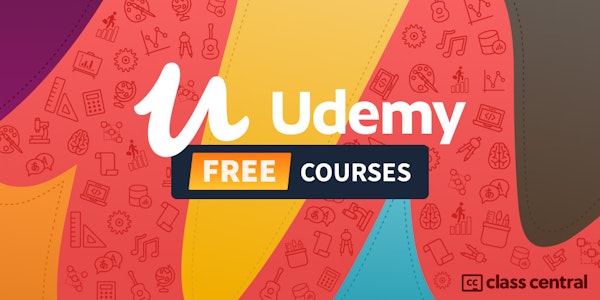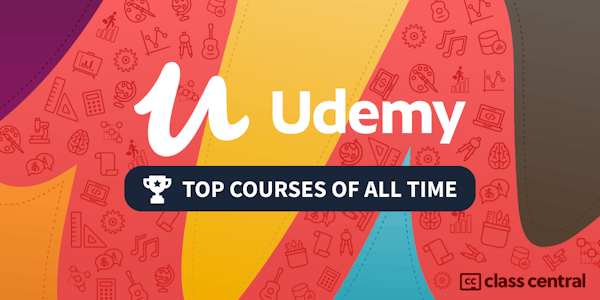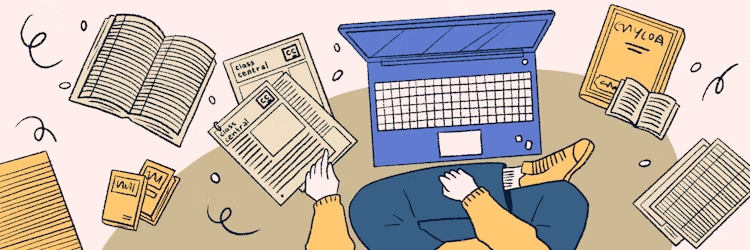What you'll learn:
- A combination of DBT and Art therapy skills to improve mental and emotional health
- Using a film as an example, how painting is therapeutic
- Fundamentally you will learn about yourself - and how to use Art Therapy to heal
- Colour Therapy to improve children's mental health
- How to become an Art Therapist (see workbook)
- ASMR and Art Therapy
- How Art Therapy can help the homeless
- How Art Therapy helps combat depression and loneliness
- Interacting with others via Q/A (6000+ posts)
- Questions to ask yourself when looking at your artwork
This course is 103+ hours long and 734 lectures. If I listed all the content this Course Description would be so long that it would be a course in itself!
What I would ask is that you watch the Preview videos which includes the Introduction where I go through all the segments of the course.
Here are SOME of the topics:
Sections/Topics
Colour Psychology and Colour Therapy to improve children's mental health (include Case Studies that are editable)
Art Therapy - daily exercises
Art Therapy - the academic background
Art Therapy - in the interpretation of artwork
Art Therapy and your own journey to self-healing
Art Therapy and Distress Tolerance
Art Therapy and Play Therapy
Art Therapy and Dialectical Behavior Therapy
Art Therapy and Creativity
Seven day course in Positivity
Art Therapy and the treatment of Depression in children
Serial Killer art
Art therapy and Loneliness
Art therapy and telehealth
Art Therapy and the Solar System
Art Therapy and Stress
Art Therapy for the Homeless
Art Therapy and Nature
Art Therapy and Meditation
Art Therapy and Optimism
Walking Art Therapy
There are many more topics plus 15 manuals and over 700 Art Therapy Exercises.
But more important is the theme of the course and it is one of going on a journey, a journey of self healing and self exploration. On the way you'll learn a lot about how you can help others - but you will learn even more about yourself.
You will also - of course - learn a lot about Art Therapy. This learning will be by DOING. Involving yourself in discussions. Sharing artwork. Sharing analysis. Reflecting. Applying.
Just as an example, in the section on CHILDREN there are lectures and Case Studies on:
Abuse and Neglect Traumas
Anxiety
Attachment Issues
Attention Deficit Hyperactivity Disorder (ADHD)
Autism Spectrum Disorders
Behavioural Disorders
Chronic Illness
Communication Disorders
Depression
Eating Disorders
Emotional Dysregulation
Family and Relationship Conflicts
Grief and Loss
Identity and Self-esteem
Learning Disabilities
Phobias
Physical Disabilities
Post-Traumatic Stress Disorder (PTSD)
Social Withdrawal
Substance Abuse and Addictions
This course (along with all courses from this Instructor) offers you the chance of attaining the Oxford Diploma of Achievement- this is at no extra cost. The Diploma is independently assessed by the Oxford School of Learning.
However, the Diploma is difficult to achieve. (That's what makes success actually mean something!)
Fewer than ten students on this course have been successful but, lifetime access, who knows how many will succeed, given time?
The Q/A section
This is integral to this course. Over SIX THOUSAND posts and discussions. Thousands of pieces of artwork, responses to case studies, manuals and Educational Announcements.
The Q/A section is where students come and post homework, ask and answer questions, comment on artwork and interpretations, explore ideas, reference further studies, relevant film clips and websites and books. It is where the 'global classroom' comes together.
You can often assess how active a course is, how involved the students are, by the activity levels in the Q/A. Look at any course you are now on. Is the Instructor very involved? Are students involved enough to share their work, to respond to the tasks given, to have a go at workbooks, to deal with daily/weekly/monthly exercises, to discuss Case Studies?
Doing so takes time - time from students and also the Instructor.
There are 6,000 posts in the Q/A for this course.
Six thousand.
That is how involved students are on this course. Students want to share, want to comment on artwork, want feedback and want guidance on their journey of self-healing.
So really it all comes down to one question:
Do you want a long, detailed course where there is a high level of Instructor interaction, lectures are added to (there are 734 already) there are numerous manuals and the Q/A is very very active?
If 'yes' - then enrol.
But before you do, please read some of the (very long) 5 star reviews - and also the 1-star ones.
In general the one star reviews are from people who have done very little of the course, have posted little in the Q/A if anything and in truth, have not involved themselves that much in the course. Whereas the long 5 star reviews are from students who have fully committed to the course, done the work, reflected on the thought processes and slowly, very slowly, have made clear progress.
If you wish to go on that (long) journey of self-healing, to share ideas and progress, to encourage and be encouraged, to learn numerous techniques, to be kept up to date via Educational Announcements and to go slowly as you evolve - then this really IS the course for you.
If however, you just want a short course that you just sit back and watch without any involvement, any work, any interaction with Instructor or thousands of other students - then this course most definitely is NOT for you.
And you are not for this course.
I do hope you decide this course IS for you and you enrol. Please remember to watch the Preview videos.
Thank you .




